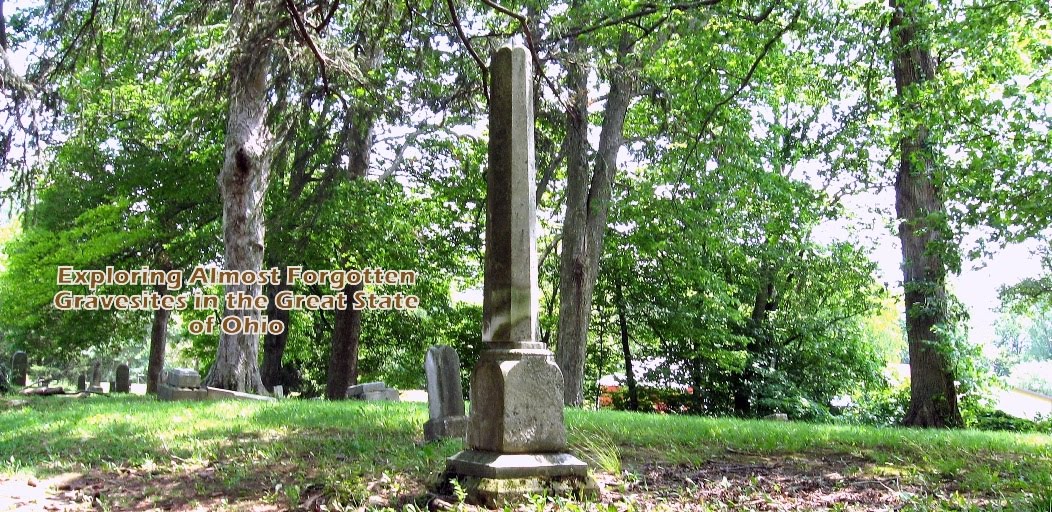Richard Koontz has recently brought to my attention the plight of a small family cemetery known as the Koontz Cemetery #1 located in Raccoon Township in Gallia County, Ohio.
(photo courtesy of Richard Koontz)
Richard Koontz took the photo during his 2012 visit to the Koontz Cemetery #1, and he has been quite concerned about its condition. He seeks to learn who owns the cemetery, and how it can be better cared for.
~*~*~*~*~*~*~*~
~*~*~*~*~*~*~*~
There is at least one known Revolutionary War soldier buried at Koontz Cemetery #1 - Oliver Scott.
Below is the inscription on the beautiful original marker:
"Life and death two different lessons give: Life teaches how to die; death teaches how to live."
A Masonic Emblem is etched in the stone with an inscription below it of:
"Sacred by this monument to the memory of Oliver Scott who was a soldier in the armies of the U.S. in the Revolutionary War and was born in the state of Connecticut in Dec 1762 died Mar 19, 1845 in the 83d year of age"
*~*~*~*~*~*~*~*~*
(photo courtesy of Richard Koontz)
*~*~*~*~*~*~*~*~*
Oliver Scott is listed in the "The Ohio 1840 Census of Pensioners for Revolutionary or Military Services with their names, ages, and places of residence, as returned by the marshals of the several Judicial Districts, under the act for taking the sixth census."
*~*~*~*~*~*~*~*~*
*~*~*~*~*~*~*~*~*
Oliver Scott's wife, Rosannah Scott is also buried at the Koontz Cemetery #1 and her beautifully carved grave marker is posted on her Find A Grave memorial and is shown below.
(photo courtesy of Richard Koontz)
*~*~*~*~*~*~*~*~*
*~*~*~*~*~*~*~*~*
Hopefully, the local DAR and SAR Chapters would further promote awareness of the Koontz Cemetery #1 and its historic importance to Gallia County because of the burial of Revolutionary War veteran Oliver Scott.
The Koontz Cemetery #1 in Raccoon Township, Gallia County, Ohio deserves to be properly preserved.
A good beginning would be a clean up of the grounds and removal of the overgrowth and downed tree limbs and branches that are overtaking the cemetery itself and the gravestones.
The cemetery should also be properly fenced in and a cemetery sign erected with a gate installed.
Any fallen gravestones should be properly repaired and reset. It is not too much to ask for a cemetery as small as Koontz Cemetery #1 is; with only 21 interments listed for it on Find A Grave.



